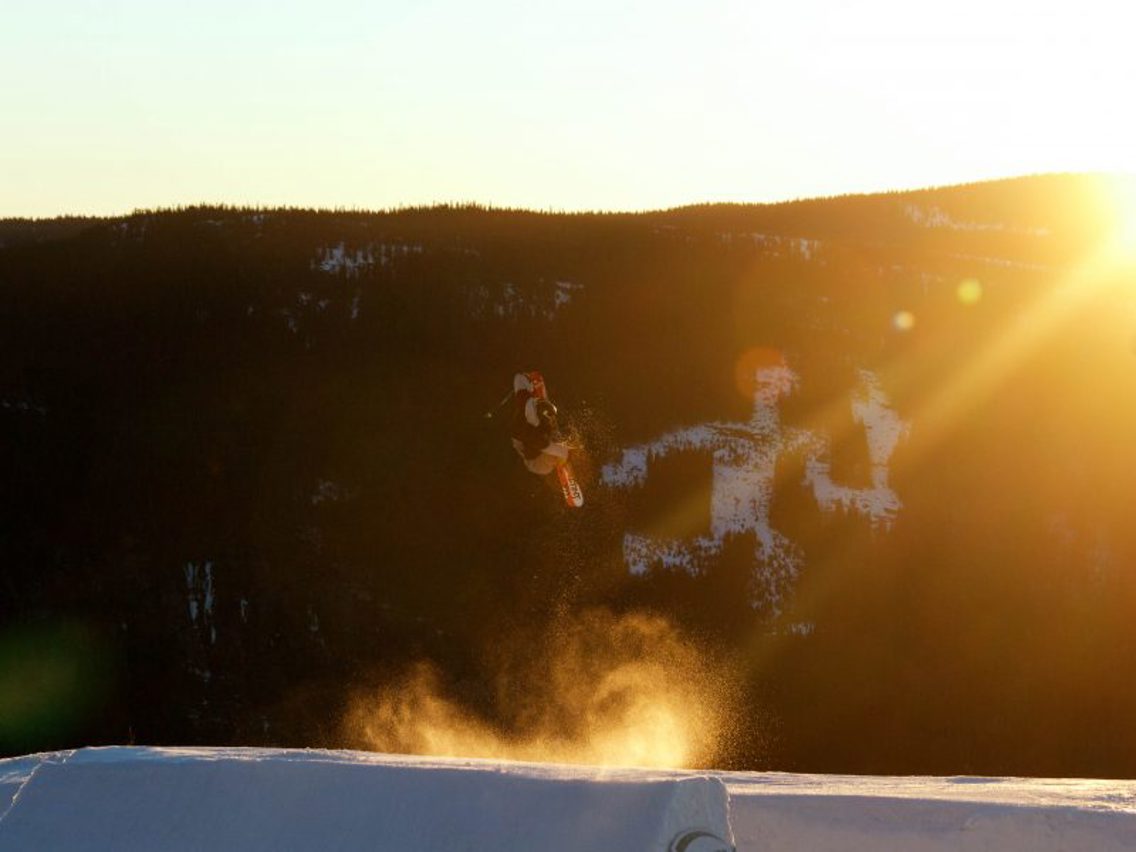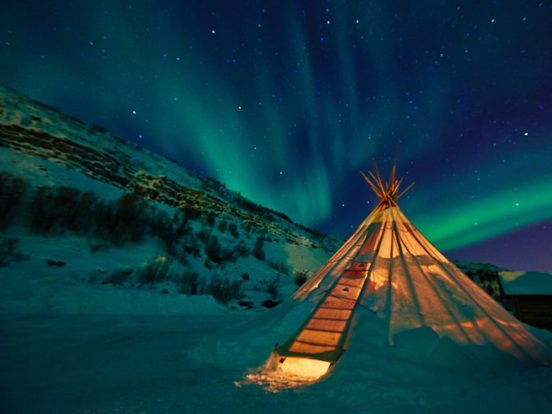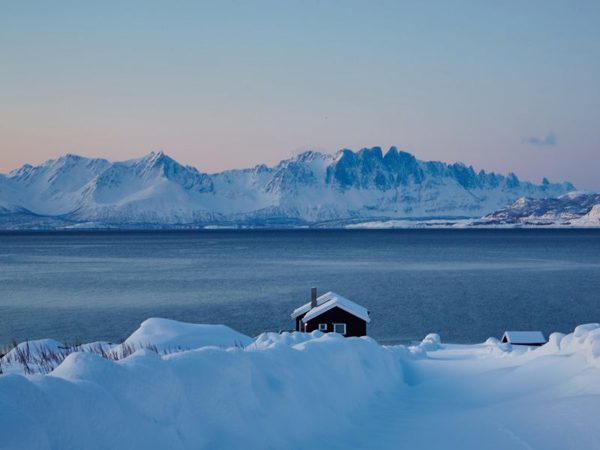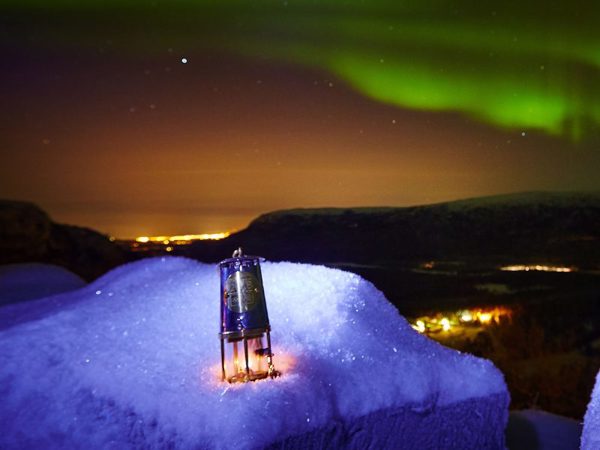Have it your way in Norway
Norway offers a wide range of possibilities for spectacular experiences. The scenery is normally best enjoyed combined with hiking, but there are lots more adventurous things to do.
Hiking
Norway is the definition of nature. It’s everywhere, mostly unspoiled and free to use. From numerous parks in the city to endless miles of forests and mountain terrain. The high country of central Norway is widely open for hiking. There are numerous national parks criss-crossed by well-maintained hiking trails and the Jotunheimen is especially worth a try. Go there in the summer, although winter is wonderful — you’ll need skis. With 60 glaciers and 275 summits over 2000m, Jotunheimen is exceptionally beautiful and home to trails such as Besseggen, Hurrungane and those in the shadow of Galdhøpiggen, Norway’s highest peak at 2469 meters. Jotunheimen’s proximity to the fjords in the west makes it even better. Further to the South West, near Stavanger, you’ll find Preikestolen (Pulpit Rock). 600 meters above Lysefjord, an almost perfectly flat cliff creates a natural platform for a postcard view. The hike to reach it takes two hours, not including the trip from Stavanger.
Skiing
It shouldn’t come as a surprise that Norway is made for skiing. Whether it’s cross country, down hill, Telemark or randonee, you’ll find a perfect place for your skill level. Popular destinations are Norefjell, Geilo, Hemsedal, Hafjell, Trysil, Voss and Oslo Winter Park. All around the country you’ll find well groomed trails for cross-country skiing, around the cities many also illuminated.
Cycling
In the summer, you can experience wild cycling off road all over Norway. You’ll get a perfect combination of exciting rides in even more exciting surroundings. Around most cities there are great possibilities for cycling, and of course the mountain regions are great. If you want to compete with Norwegians, the most popular off road race is Birkebeineren in the end of August with 14 000 participants. Road cycling is challenging too, but mostly because of poor road conditions and traffic many places. Still if you get away from the urban areas, you can find good opportunities for breaking away.
Whitewater rafting
Norway is a country of abundance, including water. In the mountain regions, you can go wild water rafting in some of the world’s best rivers for excitement and thrill.
On the rocks
You don’t only get to see mountains in Norway, you get to climb them too. You’ll find many good areas throughout the country with good quality rock. If you prefer to go the other way, there are several legal places you can base jump. Kjerag Mountain in Lysefjorden is one of the world’s most active and well known sites for basejumping. Since 1994, 48,668 jumps have been performed here. Jump height is 3,228 ft at the highest WorldBASERace.com in Innfjorden is an open event every summer for base jumpers with minimum 100 bas jumps, 80 wingsuit or 80 tracking jumps.
Northern lights
One of the world’s most spectacular natural phenomena is the Aurora Borealis, also known as northern lights. The lights are visible throughout the long night of the Arctic winter. You’ll best bet is to travel to the northern parts of Norway, and there’s no guarantee you’ll actually see it, but while you’re there, the region has a lot to offer.
Dog-sledding
Explore the Arctic wilderness while being pulled by a team of huskies. Dog-sledding takes you out into the beautiful winter world of Norway’s far north.
Wildlife-watching
If you expect to see polar bears, you won’t see one in mainland Norway. You’ll have to travel all the way to Svalbard to experience that. Still, Norway is one of the last refuge for some of Europe’s most intriguing wildlife. You may experience, Arctic foxes, wolves, reindeer and musk ox. Elk (moose), foxes, and badgers are even to be seen in and around cities. Along the coast, Norway’s bird life is abundant and interesting, while whale watching is a must do in the north, especially around Lofoten and Vesterålen. Norway is home to many species of wild animals. Most of the animals in Norway are not dangerous to people, and we can safely use the countryside without being afraid.
Svalbard
Svalbard is Europe’s most evocative slice of the polar north and one of the continent’s few remaining great wilderness areas. Shapely peaks, massive ice fields (60% of Svalbard is covered by glaciers) and heartbreakingly beautiful fjords provide the backdrop for a rich array of Arctic wildlife (including around one-sixth of the world’s polar bears, which outnumber people here), and for summer and winter activities that get you out amid the ringing silence of the snows.
The ultimate experience
To top your experiences, visit Maaemo (if you can get a table). Maaemo in Oslo is Norway’s only restaurant with 3 stars in the Michelin Guide. As the guide writes about a restaurant with 3 stars: Exceptional cuisine, worth a special journey. The problem is, of course, that it’s a bit pricier than a run in the park.



